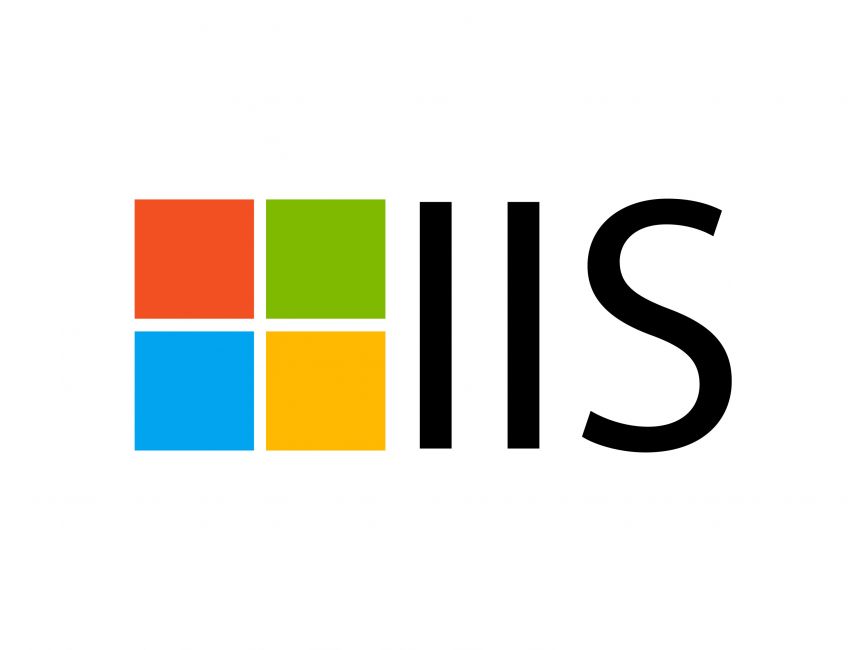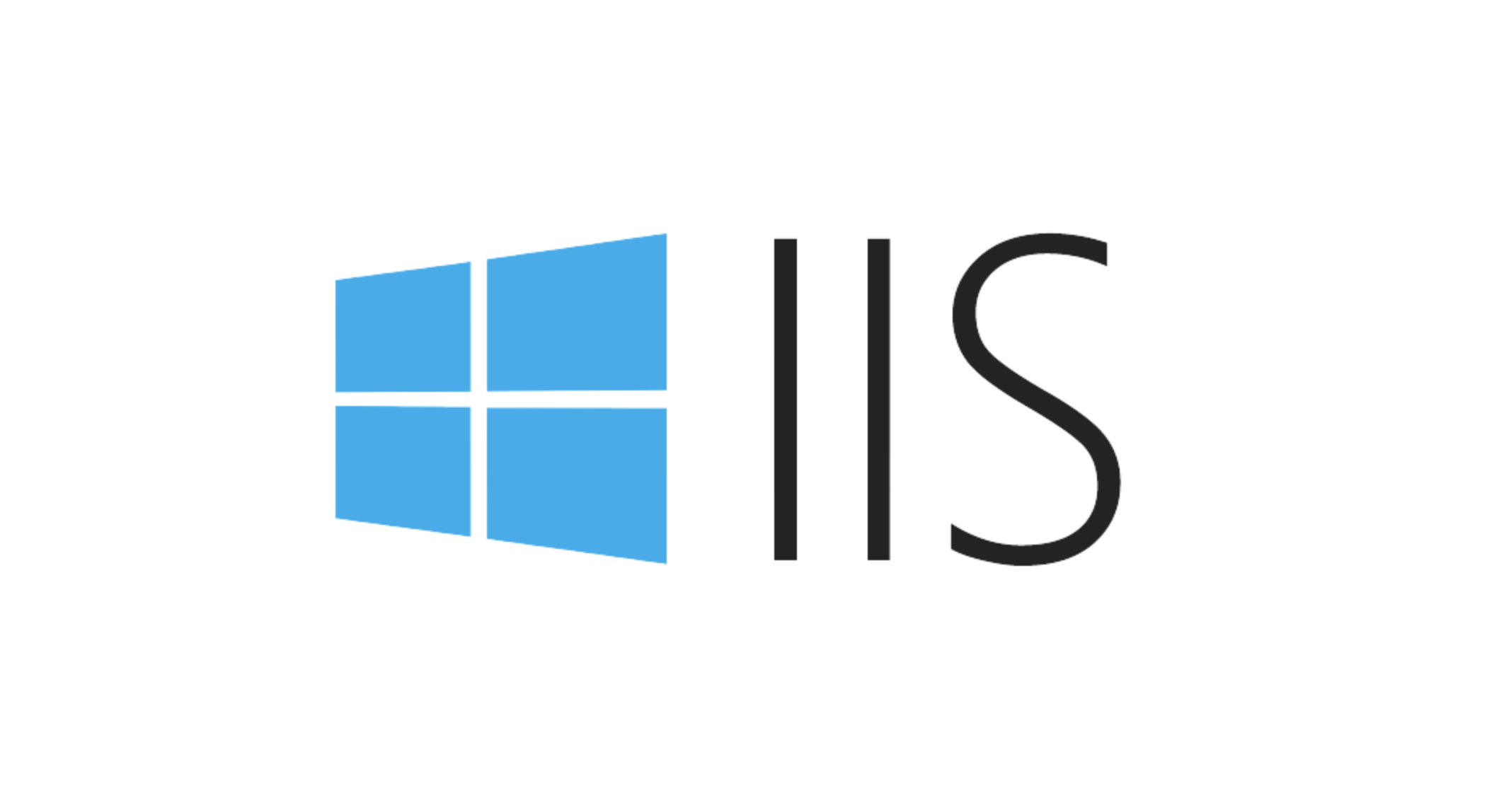Configuring Directory Browsing Permissions and Behavior in IIS
Jul 10, 2025 pm 02:08 PMTo enable and customize directory browsing in IIS, first install and enable the Directory Browsing feature via Server Manager and IIS Manager; next, customize the appearance using header and footer HTML snippets; then configure default documents to prevent unintended directory listings; finally, secure access using NTFS permissions, authentication settings, and IP restrictions.

When you're setting up a website on IIS (Internet Information Services), sometimes you want users to be able to browse files directly in a directory — like when hosting internal documentation or downloadable assets. But by default, directory browsing is usually disabled for security reasons. If you need to enable and customize this behavior, here's how to do it the right way.

How to Enable Directory Browsing in IIS
The first thing you'll need to do is make sure that the "Directory Browsing" feature is installed and enabled at both the server and site level.

- On Windows Server, open Server Manager, go to Manage > Add Roles and Features, then under Web Server (IIS) > Web Server > Common HTTP Features, ensure Directory Browsing is checked.
- In IIS Manager, select your specific site or application.
- Double-click Directory Browsing in the main panel.
- In the right-hand Actions pane, click Enable.
Once enabled, hitting a folder without a default document (like index.html) will show a file listing instead of a 403 or 404 error.
Customizing the Appearance of Directory Listings
By default, IIS uses a basic HTML layout for directory listings. It’s functional but pretty plain. While there’s no built-in theme system, you can tweak the look a bit using custom headers or footers.

- In IIS Manager, go to Directory Browsing again.
- Click Edit Feature Settings in the right pane.
- You can add custom text or HTML snippets under Header Content or Footer Content fields. For example:
- Add a
<h2 id="Welcome-to-our-downloads">Welcome to our downloads</h2>in the header. - Insert a simple line like
<p>Files are updated weekly.</p>in the footer.
- Add a
Keep the HTML lightweight — complex styles may not render consistently across browsers.
Setting Default Documents to Avoid Unintended Browsing
One common reason people end up seeing directory listings unintentionally is because they forgot to set or misconfigured a default document.
- Go to your site in IIS Manager.
- Open Default Document.
- Make sure common filenames like
index.html,default.aspx, orhome.htmare listed and in the correct order. - If needed, click Add to include a new default filename.
If none of the listed default documents exist in the current directory, IIS will fall back to showing the directory contents — assuming browsing is enabled.
Securing Directory Browsing with Proper Permissions
Just because you’re allowing users to see what’s in a folder doesn’t mean anyone should have unrestricted access. This is where NTFS permissions and IIS authentication settings come into play.
- Ensure the physical folder being served has appropriate NTFS permissions. The IIS user (often
IIS_IUSRS) should only have read access unless write access is absolutely necessary. - In IIS, check the Authentication settings:
- Use Anonymous Authentication if you're okay with public access.
- Switch to Windows Authentication if you want to restrict viewing to authenticated users.
Also consider limiting directory browsing to internal networks or specific IP ranges through IPv4 Address Restrictions if needed.
That’s basically all you need to know to safely and effectively configure directory browsing in IIS. It's straightforward once you understand how each piece connects — from enabling the feature to securing and styling it.
The above is the detailed content of Configuring Directory Browsing Permissions and Behavior in IIS. For more information, please follow other related articles on the PHP Chinese website!

Hot AI Tools

Undress AI Tool
Undress images for free

Undresser.AI Undress
AI-powered app for creating realistic nude photos

AI Clothes Remover
Online AI tool for removing clothes from photos.

Clothoff.io
AI clothes remover

Video Face Swap
Swap faces in any video effortlessly with our completely free AI face swap tool!

Hot Article

Hot Tools

Notepad++7.3.1
Easy-to-use and free code editor

SublimeText3 Chinese version
Chinese version, very easy to use

Zend Studio 13.0.1
Powerful PHP integrated development environment

Dreamweaver CS6
Visual web development tools

SublimeText3 Mac version
God-level code editing software (SublimeText3)

Hot Topics
 How to generate URL from html file
Apr 21, 2024 pm 12:57 PM
How to generate URL from html file
Apr 21, 2024 pm 12:57 PM
Converting an HTML file to a URL requires a web server, which involves the following steps: Obtain a web server. Set up a web server. Upload HTML file. Create a domain name. Route the request.
 How to open iis application pool
Apr 09, 2024 pm 07:48 PM
How to open iis application pool
Apr 09, 2024 pm 07:48 PM
To open an application pool in IIS: 1. Open IIS Manager; 2. Navigate to the "Application Pools" node; 3. Right-click the target application pool and select "Manage"; 4. Click "Advanced Settings" Tab; 5. Application pool configuration can be viewed and modified here.
 Can iis log files be deleted? How to delete them?
Apr 09, 2024 pm 07:45 PM
Can iis log files be deleted? How to delete them?
Apr 09, 2024 pm 07:45 PM
Yes, it is possible to delete IIS log files. Removal methods include selecting the website or application pool through IIS Manager and deleting the log file in the Log Files tab. Use a command prompt to go to the log file storage directory (usually %SystemRoot%\System32\LogFiles\W3SVC1) and use the del command to delete the log file. Use third-party tools such as Log Parser to automatically delete log files.
 How to solve iis cannot start
Dec 06, 2023 pm 05:07 PM
How to solve iis cannot start
Dec 06, 2023 pm 05:07 PM
Solutions to iis failure to start: 1. Check the integrity of the system files; 2. Check the port occupancy; 3. Start related services; 4. Reinstall IIS; 5. Reset the Windows system; 6. Check the metabase file; 7. Check file permissions; 8. Update the operating system and applications; 9. Avoid installing too many unnecessary software; 10. Back up important data regularly. Detailed introduction: 1. Check the integrity of system files, run system file checking tools, check the integrity of system files, etc.
 iis cannot start solution
Oct 24, 2023 pm 03:04 PM
iis cannot start solution
Oct 24, 2023 pm 03:04 PM
Solution: 1. Check whether the IIS service has been installed; 2. Check dependent services; 3. Check port conflicts; 4. Check configuration files and permissions; 5. Re-register IIS related components; 6. Check log files.
 What should I do if iis cannot start?
Dec 06, 2023 pm 05:13 PM
What should I do if iis cannot start?
Dec 06, 2023 pm 05:13 PM
Solutions to iis failure to start: 1. Check the integrity of the system files; 2. Check the port occupancy; 3. Start related services; 4. Reset the IIS configuration; 5. Reinstall IIS; 6. Check the event viewer log; 7 , Regular maintenance and updates; 8. Back up important data. Detailed introduction: 1. Check the integrity of the system files, run the system file checking tool, check the integrity of the system files, if you find problems with the system files, you can try to repair or replace the damaged files; 2. Check the port occupancy, in Windows Command prompt method.
 How to open iis manager on computer
Apr 09, 2024 pm 07:24 PM
How to open iis manager on computer
Apr 09, 2024 pm 07:24 PM
IIS Manager can be opened through Control Panel, Command Prompt, or Run window. Once opened, it contains detailed information and configuration settings about the web server, organized into: Server, Site, Application Pool, Feature View, and Common Tasks.
 How to set up iis protocol
Apr 09, 2024 pm 07:39 PM
How to set up iis protocol
Apr 09, 2024 pm 07:39 PM
To set up the IIS protocol, follow these steps: Open IIS Manager, select the website. In the Actions panel, click Bind. Add the protocol to use (HTTP or HTTPS), specify the IP address and port. For HTTPS, configure the SSL certificate, select the certificate type and certificate. Save the changes and test the binding.






